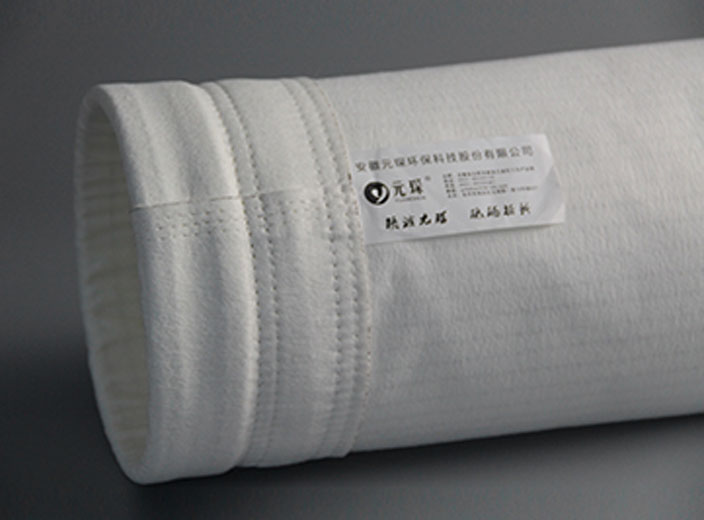The control of ammonia slip rate is very important in SCR denitration. Because if the control is not good, not only will the denitration cost increase, but also the safe operation of the unit will be threatened. The main reducing agent is ammonia water, the reaction temperature is 320-400 °C, and the injection position of the reducing agent is mostly selected in the flue between the economizer and the SCR reactor. During the operation, there are various reasons that cause a small amount of ammonia gas to escape and escape. Oxidation reaction with SO2 in flue gas forms ammonium bisulfate, resulting in the phenomenon of dust bag sticking. The long-term operation of dust filter bag in the state of sticking bags will greatly increase the load of the induced draft fan, resulting in high energy consumption, and frequent dust cleaning will greatly Reduce the service life of the dust collection filter bag.
Analysis of the causes of ammonia escape
The ammonia slip rate is an important parameter that affects the operation of the SCR system. Generally speaking, it is the volume ratio of the NH3 that is not involved in the reduction reaction at the outlet of the SCR denitration process to the total amount of flue gas at the outlet. In the SCR denitration process, the main reasons for the high ammonia slip rate are:
① The denitration flue flow field is uneven, resulting in a high ammonia escape rate caused by the excessive amount of local ammonia injection;
② After the catalyst is poisoned, the catalyst reaction activity decreases, resulting in excessive ammonia injection during the denitration process;
③ The unit operates at low load for a long time, and the inlet temperature of the SCR system is low, resulting in a low reaction conversion ratio and a high ammonia consumption.

Mechanism of ammonium hydrogen sulfate paste bag
SO2 will be produced in the process of burning coal in the boiler, and a very small amount of SO2 will be oxidized to SO3. Due to the escape of ammonia during the denitration process of SCR flue gas
Inevitably, plus the water vapor present in the outlet flue gas, the three will react as follows:
NH3+SO3+H2O→NH4HSO4
Ammonium hydrogen sulfate (NH4HSO4), also known as ABS, is liquid at the dew point temperature (about 145-150°C). ABS is a highly viscous liquid substance, which is easy to condense and deposit on the surface of the heat exchange element at the cold end of the air preheater. When it is large, it flows in the direction of the flue gas, and the ammonium bisulfate passing through the bag dust removal area adheres to the surface of the dust bag, and continuously absorbs the fly ash particles in the flue gas, eventually forming a thick ash layer. The ammonium hydrogen sulfate and fly ash in the inner layer will be heated to gradually solidify, forming cement block-like plate agglomeration on the surface of the dust bag, which will greatly reduce the air permeability of the dust bag.
